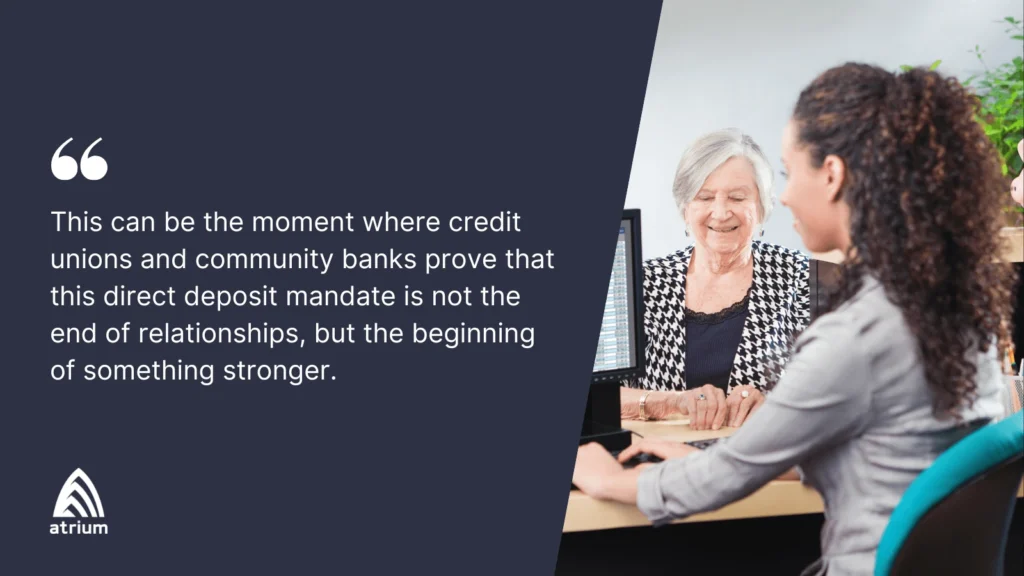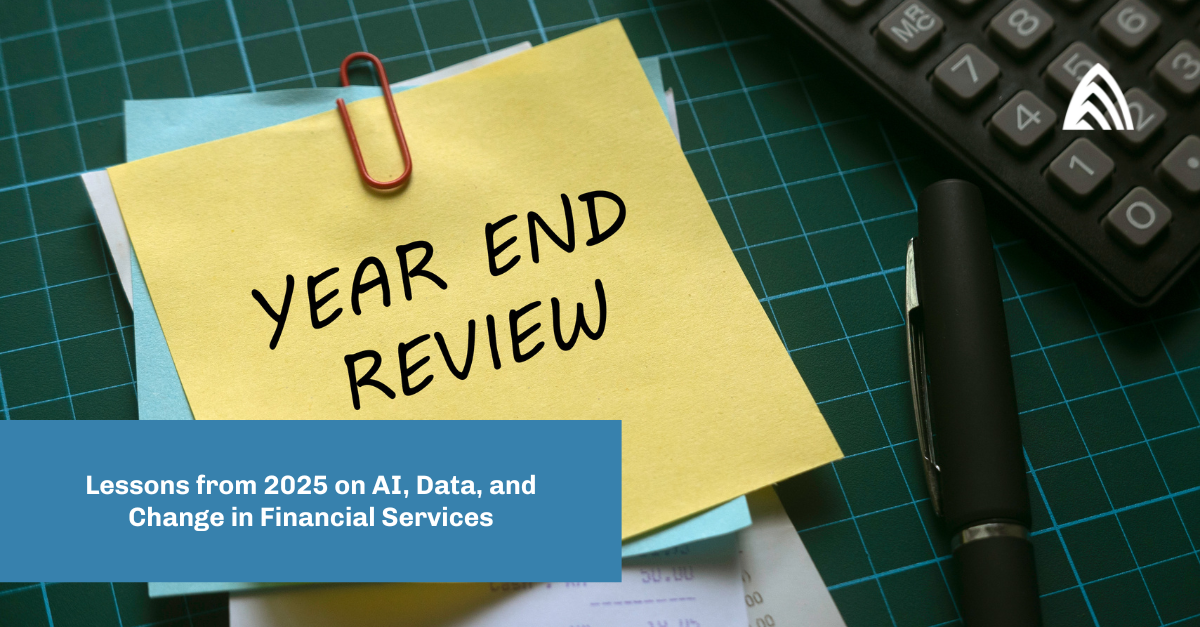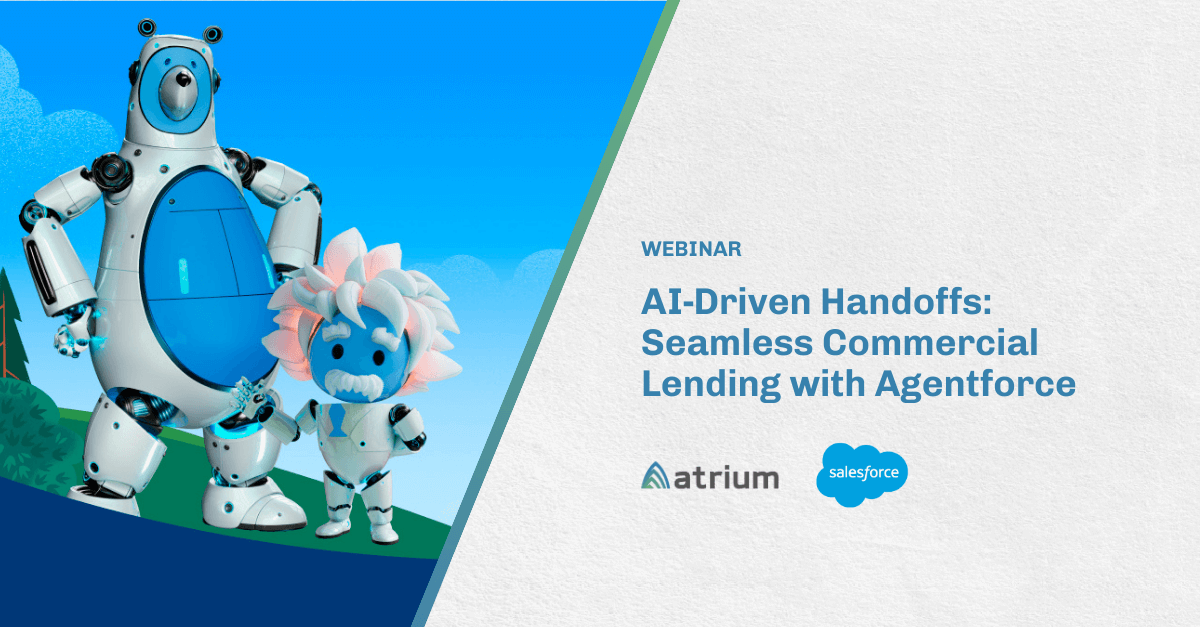I can still remember the first time I realized it was “Social Security Day” at the branch. I was brand new in banking, almost two decades ago. You didn’t need a calendar to know because the lobby told you. It would be filled with some of my favorite people, mostly gray and white-haired regulars who brought warmth, laughter, and a pocket peppermint into the space.
They weren’t just there to cash a check. They came for the coffee, the freshly popped popcorn, and the chance to talk to people who knew their names. They asked about our families. We learned about theirs. The check was the reason they came, but the connection was the reason they stayed.
When the bank began advocating for more direct deposit, many hesitated. For them, that monthly trip wasn’t just transactional. It was social. It was their community.
And here we are again, facing another shift. But this time, there’s no opting out. By September 30, 2025, less than a month from now, paper Social Security checks will disappear.
Half a million beneficiaries. Upwards of a billion dollars in deposits every month. And those inflows don’t just affect deposits. They drive liquidity strategies, customer acquisition, retention, and the long-term value of relationships. For banks and credit unions, this is more than compliance. It’s a decision point that determines whether deposits stay in trusted accounts or default to prepaid cards.
The credit union and community bank advantage
On the surface, this is about deposits. Where will those funds land? In checking accounts at trusted institutions, or in prepaid cards that offer speed but no relationship?
But underneath, it’s about people. About ensuring that this transition doesn’t sever the relationships that have always been a strength of community banking. Direct deposit doesn’t have to mean the end of the lobby experience. Customers can still come in to balance a checkbook, ask questions, or withdraw cash in person. They can still be known.
That’s where credit unions and community banks have an advantage prepaid providers can’t match: Prepaid cards can move money, but they can’t offer coffee, conversation, or continuity.
The urgency of now
This isn’t next year’s problem. The deadline is just weeks away, not months.
Here’s the hard truth: if your institution hasn’t prepared, you’re behind. Without the right tools, it could take weeks just to assemble a reliable list of who still relies on paper checks, who still comes into the lobby, and who is most at risk of leaving. By then, prepaid providers will already have captured deposits that should have been yours.
If you’ve done little to prepare, this moment is your wake-up call. You can’t stand up legacy systems fast enough. But you can invest in Salesforce now — not just to respond to this mandate, but to be ready for the next disruption that demands rapid mobilization.
Because with Salesforce, you already know where to start. You can mobilize in days, not months. You can move from identification to outreach to enrollment before the deadline hits. That speed is the difference between protecting deposits and watching them slip away.
Salesforce as the foundation for readiness
The institutions that will win this shift are those with the right foundation. Salesforce provides it.
- Data Cloud makes the invisible visible. It gives you a real-time picture of who still relies on paper checks and where deposits are most at risk.
- Financial Services Cloud creates the guided workflows and compliance guardrails to onboard direct deposits smoothly and quickly.
- Agentforce acts like the banker who never tires of explaining with AI-powered support that scales the personal touch.
- Analytics tells you in real time where deposits are flowing, giving leaders visibility into retention and leakage.
Together, these tools don’t replace relationships. They scale them. They allow financial institutions to meet customers where they want to do business — in the branch, online, or on the phone — with consistency and care.
The competitive lens
Prepaid providers aren’t waiting. They’re marketing aggressively, aiming to become the default option for those caught off guard by this change. Large banks are already mobilizing.
Community banks and credit unions won’t win by outspending them. But they don’t have to. Their strength has always been in relationships and knowing customers by name, offering real conversations, and being part of the community. By pairing that strength with Salesforce, they can act just as quickly, but with an advantage prepaid cards will never match: trust.
I think back to those lobby days often. The smiles. The popcorn. The conversations that turned a deposit into a connection. That was banking at its best, and it doesn’t have to disappear with the end of paper checks. In fact, this can be the moment where credit unions and community banks prove that this direct deposit mandate is not the end of relationships, but the beginning of something stronger.
This isn’t just about compliance. It’s about liquidity, customer growth, and retention. Every month, what could easily be $1B or more in predictable deposits are at stake. These are dollars that can either deepen loyalty or disappear into prepaid cards from a provider who will never know people by name. The institutions that win are the ones prepared to act quickly, to mobilize with confidence, and to turn data into action. That’s where Salesforce comes in and where Atrium makes the difference.
We’re your go-to Salesforce + banking experts
Atrium helps credit unions and community banks use Salesforce Financial Services Cloud, Data Cloud, and Agentforce to move from scrambling to leading. We help you prepare not just for this mandate, but for the next disruption that demands speed, clarity, and connection.
If you want to be ready for moments like this and to turn them into measurable growth, Atrium can help. Reach out to learn how we turn Salesforce into a foundation for resilience, so your data becomes action and your relationships become your advantage.









